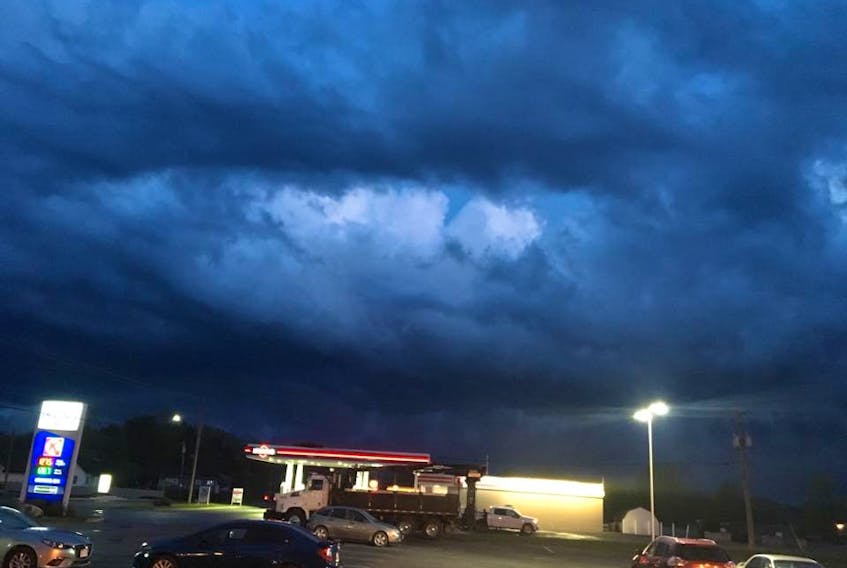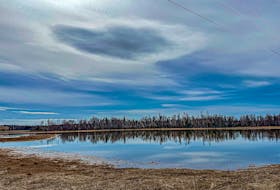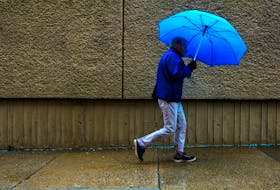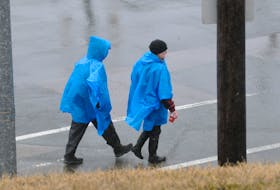Many people say they can feel the rain coming. (I would never dispute the claim, but I’ll delve into that one in greater detail at a later date.)

Today I would like to know if you can smell the rain. If I had a nickel for every time I heard someone say, “It’s going to rain, I can smell it in the air,” I’d be rich. To be very honest, I think I can smell it, too. Now, scientists believe we can!
Before the rain begins, as the wind picks up and the dark clouds roll in, there’s that sweet, fresh, yet hard-to-pinpoint scent in the air. What you’re smelling is the pleasant aroma of ozone, or at least a form of oxygen. Let’s start with the word: Ozone comes from the Greek word “ozein,” which means “to smell.” Ozone is always present in the atmosphere; it’s produced with the help of ultraviolet light from the sun. We don’t notice the smell on a regular basis but that changes as a storm system approaches. The ozone that we detect is O3 and it’s produced by lightning high in the cloud ahead of the rain that will eventually reach the ground where you’re standing.
To start the process, an electrical charge from lightning has to split atmospheric nitrogen and oxygen molecules into separate atoms. Some of these recombine into nitric oxide and this, in turn, reacts with other atmospheric chemicals. This reaction can produce a molecule made up of three oxygen atoms: ozone, or O3. Thunderstorms often develop powerful gusts of wind that come crashing down from the top of the cumulonimbus cloud. That rush of air is called a downdraft. A thunderstorm’s downdrafts carry this special ozone-O3 from higher altitudes to nose level.
The next time you’re out for a stroll and see dark, billowy clouds on the horizon, give the air a good sniff and remember, there is science behind the smell.
- Want more weather information? Visit WeatherByDay.ca
- Have a weather question, photo or drawing to share with Cindy Day? Email [email protected]
Cindy Day is the chief meteorologist for SaltWire Network.









